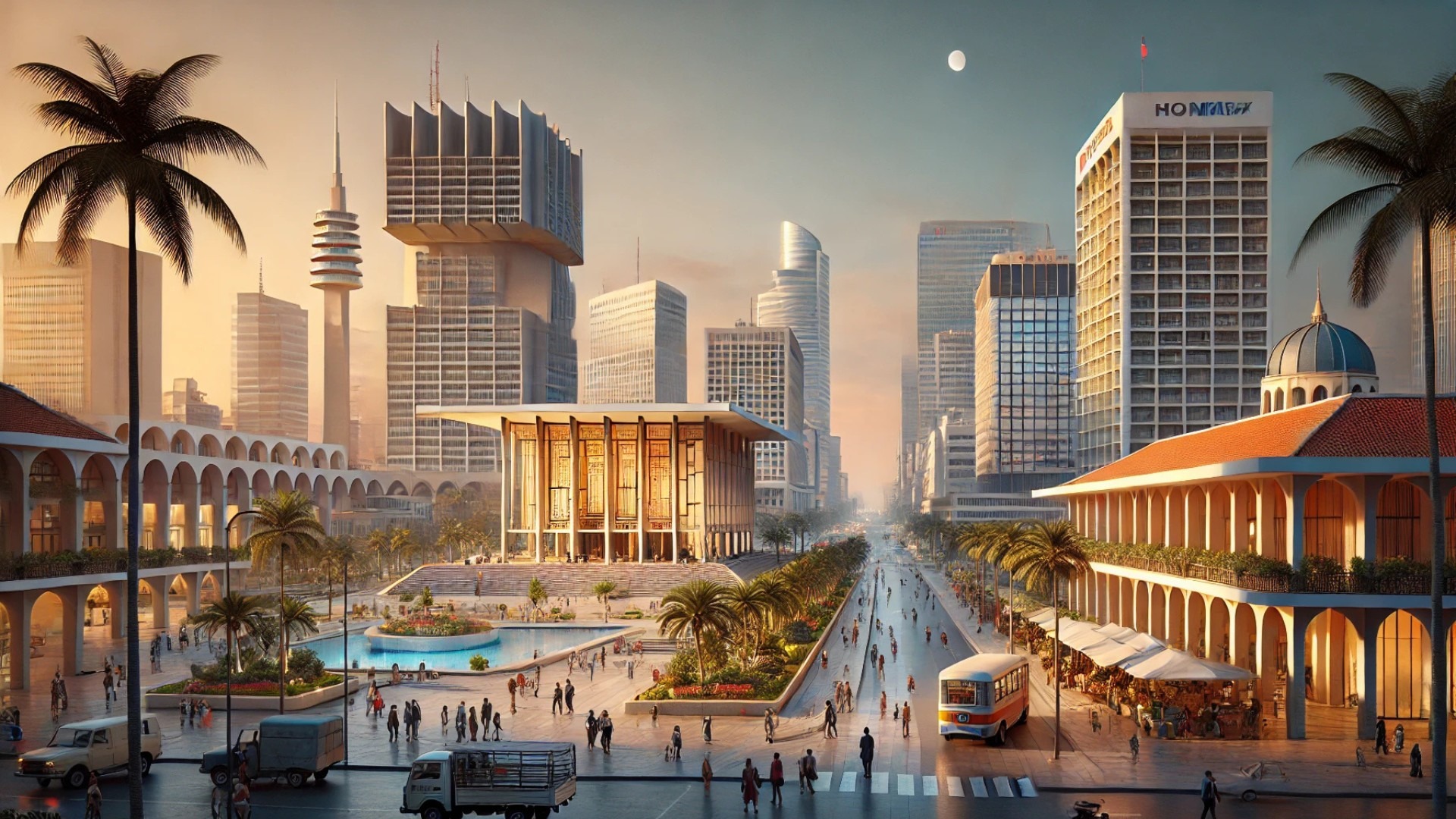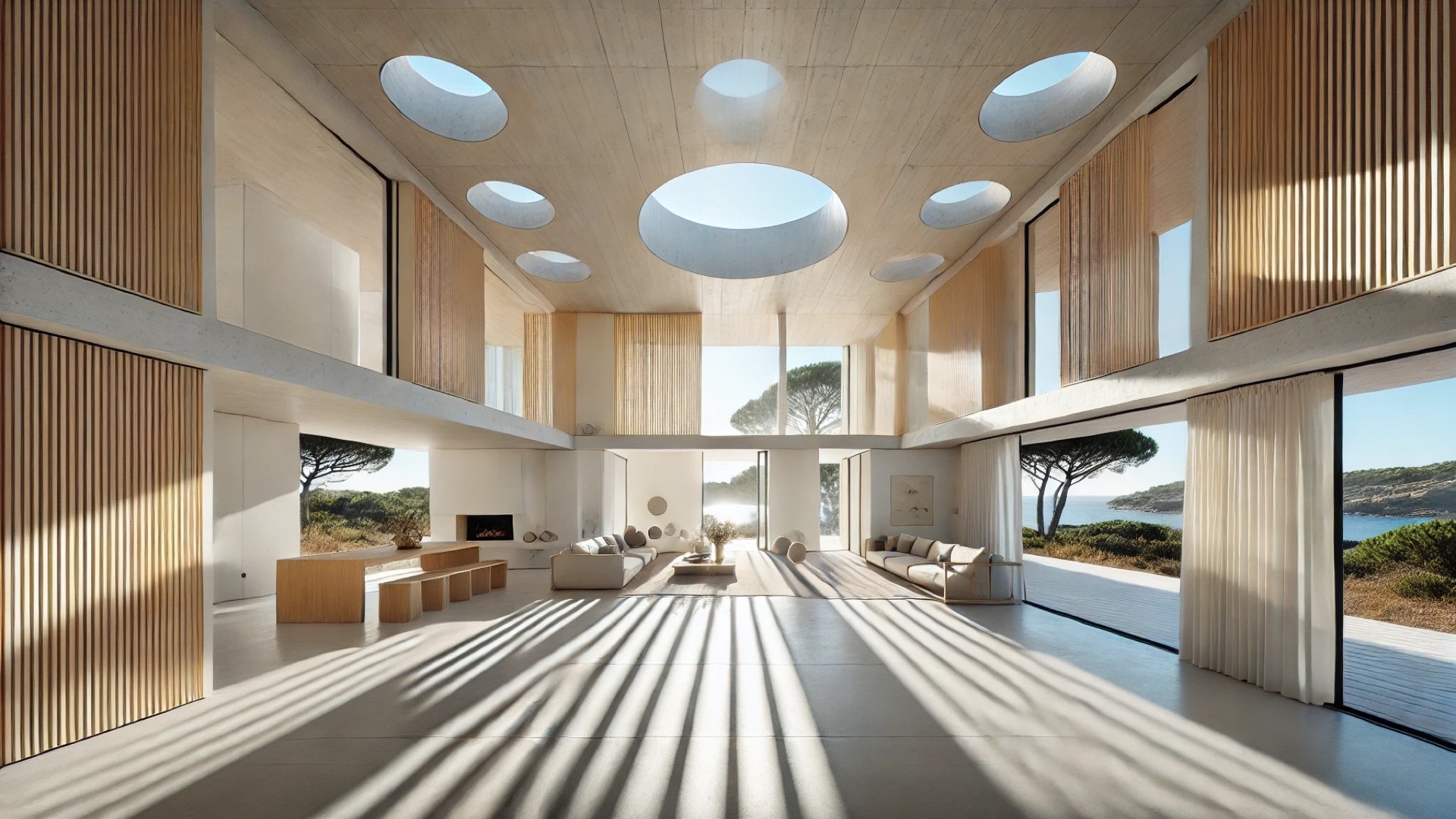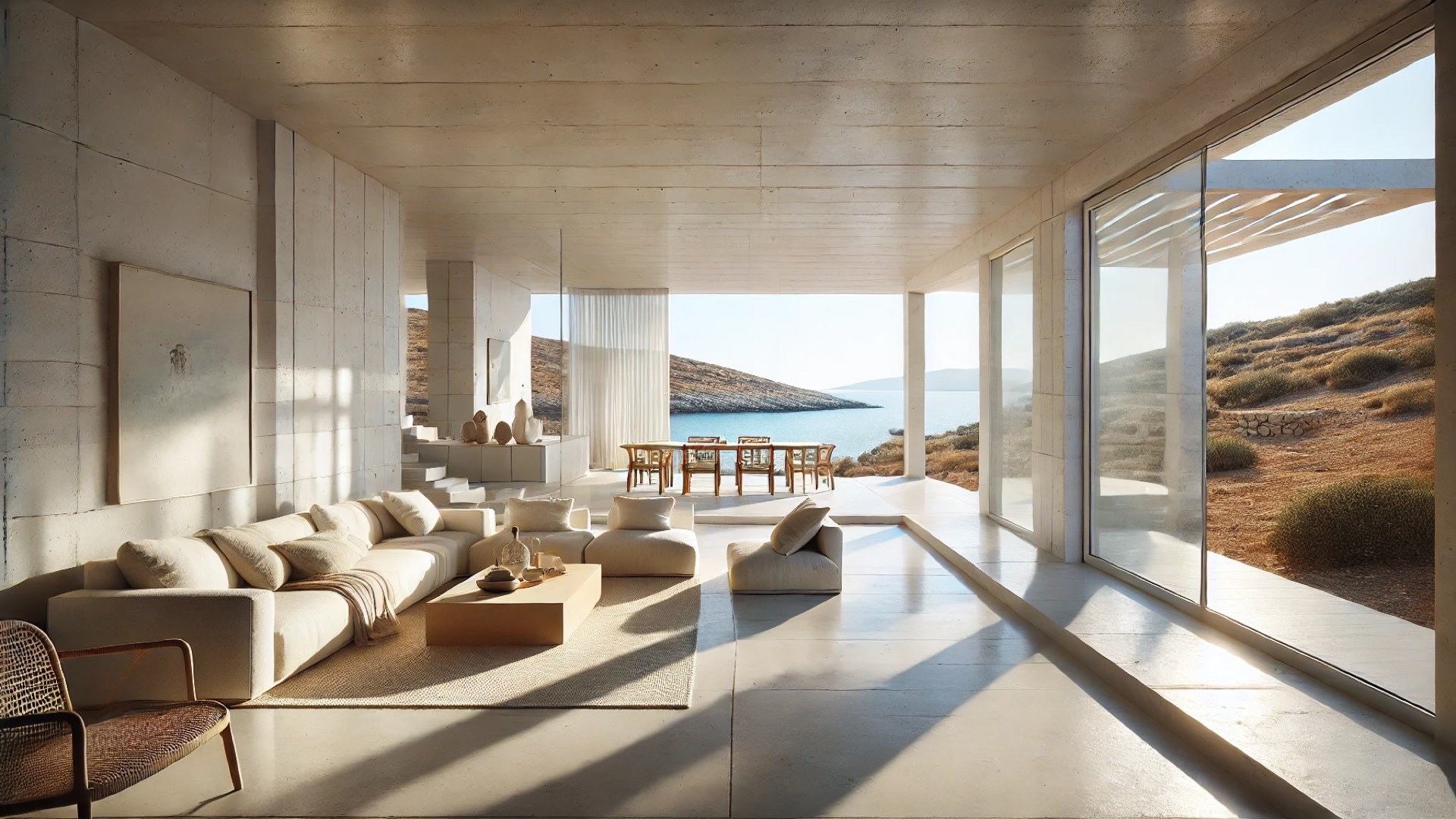
Globalization's Influence on Architecture in the Global South
Throughout the post-war 20th century, the Global South witnessed a significant influx of foreign architects, often brought in to elevate national images through ambitious architectural projects. These ‘starchitects’ were viewed not just as practitioners of design but as symbols of modernity and development within nations striving to assert their identities on the global stage.
A Historical Perspective on Foreign Influence
Historical precedents reveal that many governments in the Global South actively sought foreign architectural expertise following their independence. The allure of Western architects, renowned for their innovative styles and designs, resulted in numerous landmark projects shaping modern cities. However, this reliance raises important questions about local capacities and the long-term implications of such partnerships.
Collaboration or Dependency?
The relationship between foreign and local architects often mirrored a complex dynamic. Local professionals typically played supportive roles, focusing on contextual knowledge while adhering to the grand visions set by their foreign counterparts. Despite benefiting from exposure to international practices, this model suggested a persistent dependency—channeling local creativity into a framework largely defined by foreign expertise.
Fusion of Cultures: Lessons From Iraq
Take Iraq, for example, where the post-colonial context demanded a reimagining of national identity through architecture. Amidst political upheaval, architects such as Walter Gropius were engaged to create institutions that symbolized modernity. The enduring impact of this collaboration is seen in designs that incorporate local climate considerations and cultural elements, endeavoring to strike a balance between Western modernism and indigenous practices.
Distinct Paths: Argentina vs. Brazil
In examining Argentina, we see how foreign architects, notably Le Corbusier, left an indelible mark on urban planning and cultural landmarks. His influence extended beyond individual projects, shaping a new generation of local architects who adapted modernist concepts to their regional contexts. Conversely, Brazil's architectural revolution was characterized by homegrown talent like Oscar Niemeyer, illustrating that while foreign influence is pronounced, local recognition and innovation are equally vital in defining a nation’s architectural voice.
A Call to Action for Local Architects
As we reflect on the evolution of architecture in the Global South, it’s imperative for local architects to harness their unique cultural narratives. By embracing their heritage while adapting modern techniques, they can redefine what architectural excellence looks like, ensuring that the future is built not solely on external influences but also on indigenous creativity and innovation.
In summary, the dependency on foreign talent in architecture poses both challenges and opportunities. As nations continue to develop, the ideal path forward lies in strengthening local capabilities and prioritizing homegrown designs that celebrate their unique identities. This blended approach can lead to a vibrant architectural future that truly reflects the aspirations of the Global South.
 Add Row
Add Row  Add
Add 




Write A Comment